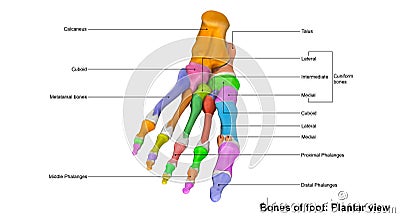Find results that contain all of your keywords. Content filter is on.
Search will return best illustrations, stock vectors and clipart.
Choose orientation:
Make it so!
You have chosen to exclude "" from your results.
Choose orientation:
Explore cartoons & images using related keywords:
anatomical
anatomy
anteriorpalmer
bone
calcaneus
capitate
carpals
cuneiform distal dorsal fingers foot forefoot hamate hindfoot knuckle left lunate metacarpals metacarpophalangeal metatarsal metatarsophalangeal midfoot navicular palmar phalanges phalanx pisiform posteriordorsal proximal scattered sesamoid skeleton sustentaculum tali talus tarsal triquetrum viewFoot Planter View Stock Photo
Designed by
Title
Foot Planter view #76445172
Description















